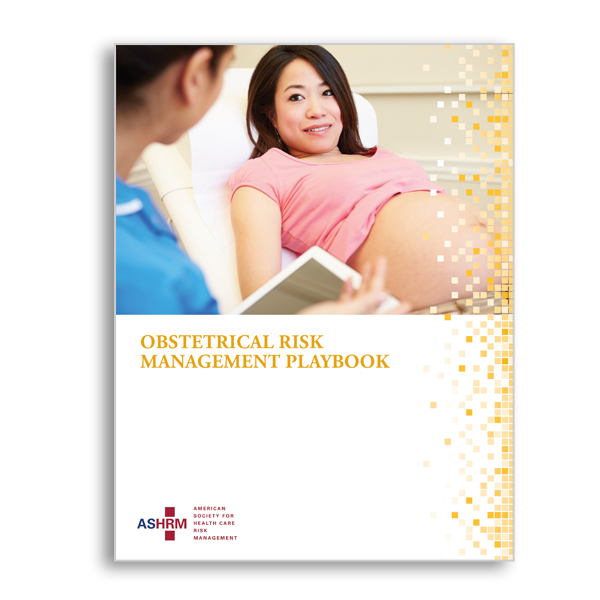Obstetrical Risk Management Playbook
Concepts and strategies for risk management professionals and practitioners caring for pregnant women.
Playbook Description
The Obstetrical Risk Management Playbook offers a wide array of obstetrical practice and risk management issues, concepts, and strategies both for the novice and advanced risk manager and the practitioner caring for pregnant women. Perhaps nothing can be more rewarding than the safe delivery of a baby to a healthy mother. However, obstetric claims remain both high in frequency and high in severity. Although obstetricians/gynecologists represent only 5 percent of US physicians, they generate 15 percent of liability claims and 36 percent of total payments made by medical liability carriers.
Risk managers and patient safety officers who provide maternity services in their institutions will benefit from this playbook as it is intended to help decrease risk and improve patient safety. Today’s risk manager is faced with new challenges and opportunities and it is up to these risk managers to advance patient safety, reduce uncertainty and maximize value through management of risk throughout the organization.
Questions? Contact ASHRM@aha.org
Look Inside the Obstetrical Risk Management Playbook


